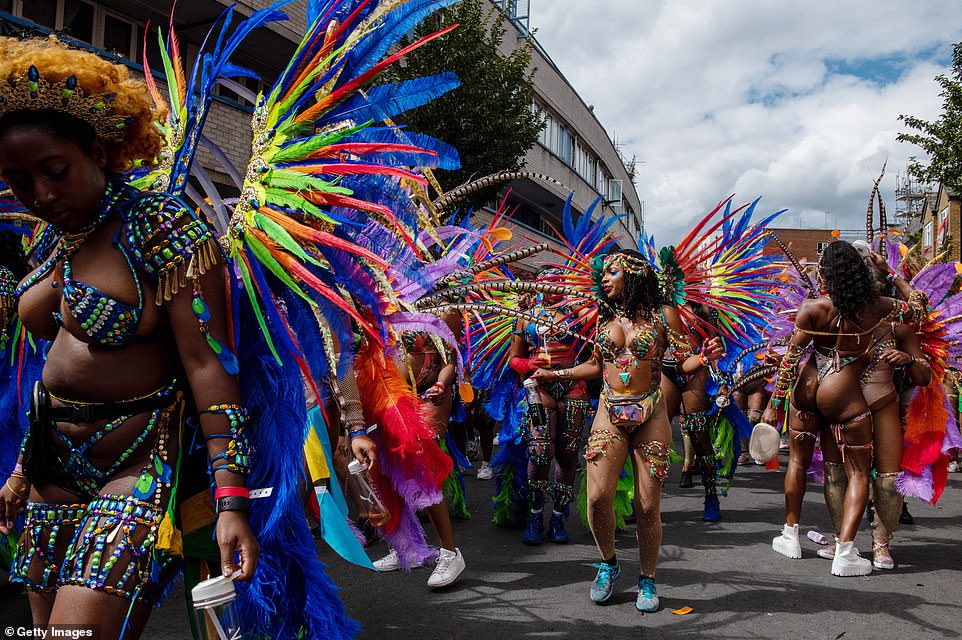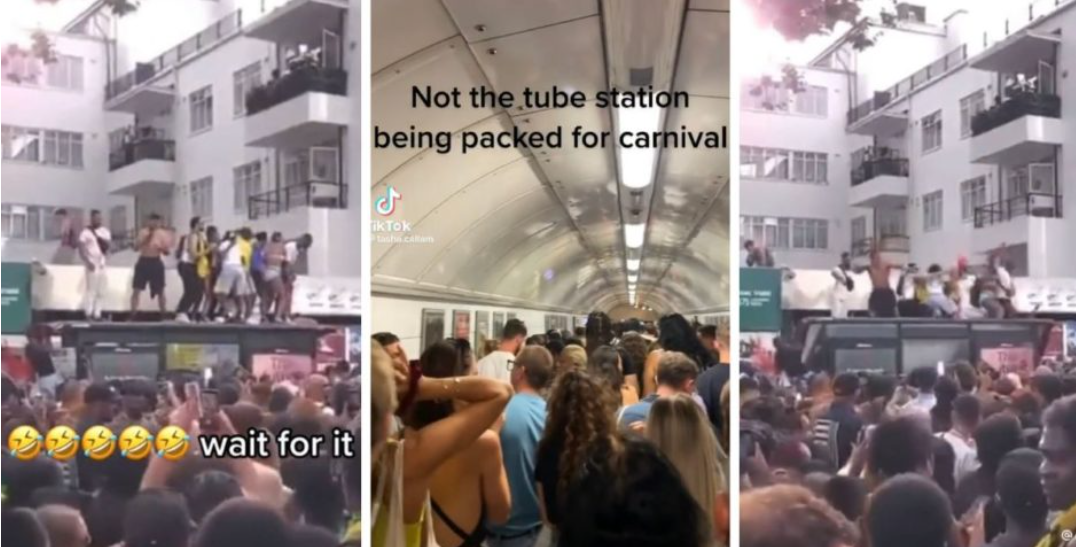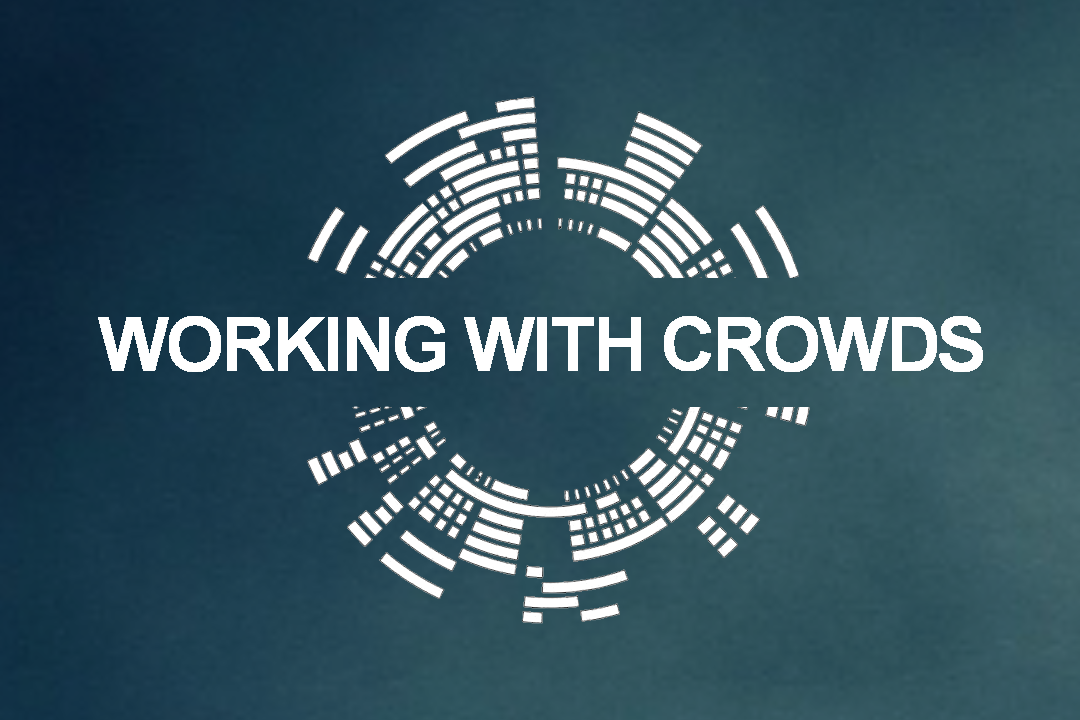
How Notting Hill Carnival police felt helpless as crush triggered Hillsborough fears
Taking selfies with smiling families Sadiq Khan, the mayor of London, said he was revelling in the “immaculate vibes” of Europe’s biggest street festival.
A day later the mood of Notting Hill carnival had changed. By 6pm on Monday, one of the Met’s most senior officers was trying to stem blood from the wounds of a young stab victim.
@owenftt live scenes at carnival right now 😧 #carnival #nottinghillcarnival2022 ♬ original sound - owen

From fallen bus shelters to Sean Paul: All the wild moments at Notting Hill Carnival 2022
Notting Hill Carnival returned for the first time since the coronavirus pandemic and over the last two days of August Bank Holiday 2022, it was wild. The vibes were there and the drinks were flowing, but that did not stop chaos erupting. Every single thing that occured is as wild as it sounds, and no other event could amount to the sheer madness of Notting Hill Carnival 2022. Some are straight up wholesome while others will have you glad you didn’t get caught in the crossfire. Here are all the straight up wild moments from Notting Hill Carnival 2022:
@jharriett At some points i saw my life flash before my eyes 😂 #GenshinTeleport #fyp #UnlimitedHPInk #bestlife #foryou #nottinghill #nottinghillcarni #carni #carnival #squashed #crowd #streets #soco ♬ WE CANNOT ESCAPE WE CANNOT COME OUT - Emile Morgan

@remelyrodriguez Notting Hill Carnival 2022 #carnival #nottinghillcarnival #nottinghillcarnival2022 ♬ original sound - Remely Rodriguez
The making of the London Notting Hill Carnival festivalscape: Politics and power and the Notting Hill Carnival
Highlights
- •
The London Notting Hill Carnival festivalscape comprises six distinct frames.
- •
Power and politics have proven transformational for the LNHC festivalscape.
- •
Political actors’ asymmetric power has challenged LNHC organizers.
- •
Pivotal events and dissenting actors were used to trigger LNHC festivalscape changes.
Safety in Numbers? Modelling Crowds and Designing Control for the Notting Hill Carnival
Abstract
Events such as carnivals, parades, rock concerts, football matches, some types of shopping-indeed, any situation involving rapid exit or entrance from or to high-capacity buildings and vehicles—pose significant problems of public safety. Models designed to predict crowding at such events are in their infancy and the best so far simulate panic situations and evacuation possibilities within buildings and similarly confined spaces. In carnivals and street parades, movement is over a much wider area and crowds form as much through competition between attractions as through confinement in small spaces. A model is proposed in which the event space is first explored by agents using ‘swarm intelligence’. Armed with information about the space, agents then move in an unobstructed fashion to the event. Congestion is slowly reduced by introducing controls until a ‘safe solution’ is reached. The latter stages of the simulation require intervention by those who manage the event, the police. The model has been developed to simulate the effect of changing the route of the Notting Hill Carnival, an annual event held over two days in August each year in a 3 sq km area of west central London. The event attracts over 1 million visitors and is widely regarded as posing a major threat to public safety.
Police interaction and Notting Hill Carnival
ABSTRACT
Discussions on public order policing often centre on the role of paramilitary policing tactics, only recently has the role of dialogue become more prominent within the field. This paper focuses on the latter, examining the interaction processes of Police Liaison Teams (PLTs) negotiating with revellers at Notting Hill Carnival. The PLTs are a newer tactical option within public order policing, they seek to act as a communicative bridge between different groups and the police. The PLTs were deployed at Notting Hill Carnival for the first time in 2016 charged with facilitating communication between the police and the Carnival floats – a performative feature of the event. Notting Hill Carnival attracts dense national and international crowds to the small urban location of Notting Hill in West London. Attended by approximately two million people every year it is the largest and most sensitive annual policing operation for the Metropolitan Police Service (MPS). The paper utilises data collected during fieldwork at Notting Hill Carnival over three consecutive years: 2015, 2016 and 2017. The paper draws from wider ethnographic research conducted between 2015 and 2017 with the public order unit at the MPS. Utilising the works of Goffman, this paper seeks to evidence how officers at Notting Hill Carnival operate within the confines of a professionally stigmatised identity. As such, the communicative foundations inherited by the PLTs are weak and unpredictable. Despite this, the paper also explores how PLT-reveller team-work is widely experienced, with both collaborating to ensure a positive Carnival experience.





